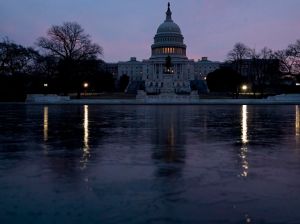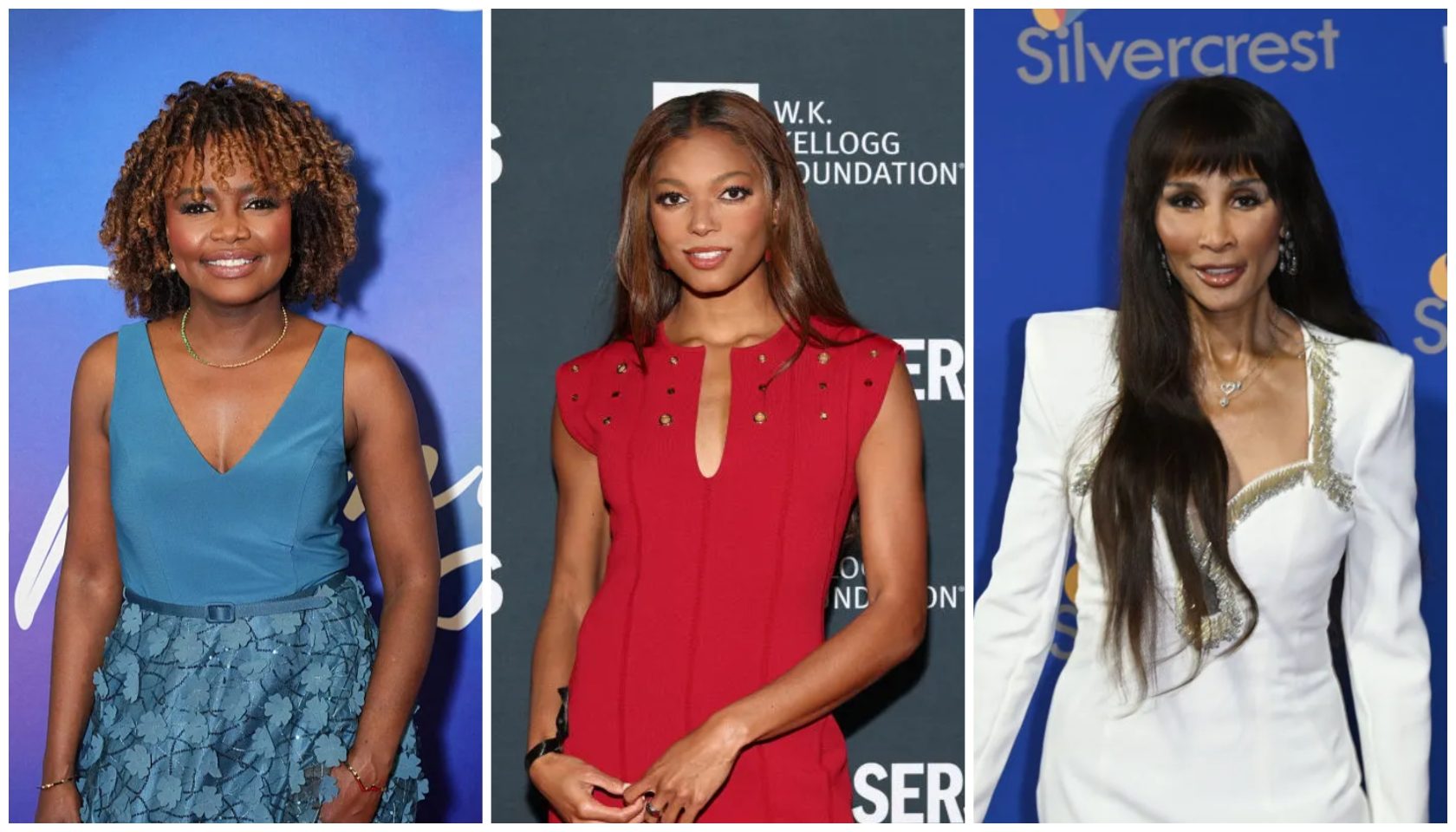Number Of Women Running For US House Seats Sets Record

The Capitol Dome of the Capitol Building
CHERRY HILL, N.J. (AP) — The number of women running for seats in the U.S. House of Representatives set a record Thursday, the vast majority of them Democrats motivated by angst over President Donald Trump and policies of the Republican-controlled Congress.
Their ranks will continue to grow in the weeks ahead, with filing deadlines still to come in more than half the states.
In many places, women are running for congressional seats that have never had a female representative.
“It’s about time,” said Kara Eastman of Nebraska, one of two Democrats vying to challenge a Republican incumbent in a district centered in Omaha.
A surge of women into this year’s midterm elections had been expected since the Women’s March demonstrations nationwide just after Trump’s inauguration in January 2017. Numbers analyzed by The Associated Press show that momentum is continuing.
After Virginia released its candidate list Thursday, a total of 309 women from the two major parties have filed candidacy papers to run for the House. That tops the previous record of 298 in 2012.
The AP analyzed data going back to 1992 from the Center for American Women and Politics at Rutgers University and did its own review of candidate information released by the states.
While just over half the nation’s population is female, four out of every five members of the U.S. House are men. The women’s candidacies won’t necessarily change that. They still have to survive party primaries and win the general election, often against an incumbent with name recognition and a large reservoir of campaign cash.
Even with the record numbers, women are still outnumbered by male candidates. But experts say the sheer number of women running combined with so many House seats open due to retirements or resignations provides one of the best opportunities for women to make real gains in terms of representation and a change in priorities.
Many of the female candidates have focused their campaign messages on health care, education, early childhood development, family leave and workplace equality.
Eastman said she was motivated by Republican attempts to cut health coverage for low-income people and rollbacks of environmental protections.
She decided to run after her mother, who has since died, was diagnosed with cancer for the fifth time and saw her prescription drug prices soar even though she was covered by Medicare.
“It’s a great thing for me to show my 16-year-old daughter,” Eastman, who runs a children’s health care nonprofit, said of her candidacy.
Mikie Sherrill spent years in the Navy flying helicopters before leaving the military for a career as a federal prosecutor. For her first foray into politics, she chose this year to challenge Republican Rep. Rodney Frelinghuysen of New Jersey, a powerful lawmaker who serves as chairman of the House Appropriations Committee and was first elected in 1994.
Frelinghuysen has since announced his retirement, creating a bigger opening for Sherrill.
“After a lifetime of service and taking numerous oaths to support and defend the Constitution, when I saw that our democracy seemed to be under attack, I felt called upon to serve again and felt a responsibility to serve my country again,” Sherrill said.
She is a leading contender in the Democratic primary and could be part of a wave of women running in Republican-leaning districts.
In Indiana, for example, women are running in each of the state’s nine congressional districts — only two of which are currently represented by Democrats.
“Part of the reason I thought this race was possible, even despite great odds, was because of all the women who are so engaged in my community in a new way,” Sherrill said.
Not all the women running are Democrats.
Tiffany Shedd, one of four Republicans in a primary for the chance to unseat Democratic Rep. Tom O’Halleran in a rural Arizona district, said she entered the race after she told her husband the district needed someone better. He responded that he knew an ideal candidate — a “coward” who wouldn’t run.
When she realized he meant her, she took up the challenge.
Shedd said she’s glad to see so many women running, even if most of them are on the other side of the aisle.
“I hope that we eventually live in a world where there’s no articles written about that because it’s no longer a thing,” she said.
Campaigns for the U.S. House aren’t the only ones drawing high interest from female candidates.
Forty women are running so far in governors’ races, a total that already surpassed the previous record of 34 in 1994. And 29 women are on ballots for U.S. Senate races, a number that will grow as filing deadlines approach in more states. The record number of female Senate candidates is 40, set in 2016.
___
Linke is an Associated Press visual journalist who reported from Washington, D.C. Associated Press writer Christina A. Cassidy in Atlanta contributed to this report.
READ MORE STORIES ON BLACKAMERICAWEB.COM:
- Nicki Minaj Blasts SZA, Punch And TDE In Latest X Rant
- Tamar Braxton & Gilead Partner For PrEP Promo To Black Women
- Love Island USA Season 7 Finale: Amaya and Bryan Crowned Champions
GET THE HOTTEST STORIES STRAIGHT TO YOUR INBOX:
(AP Photo/Andrew Harnik)















